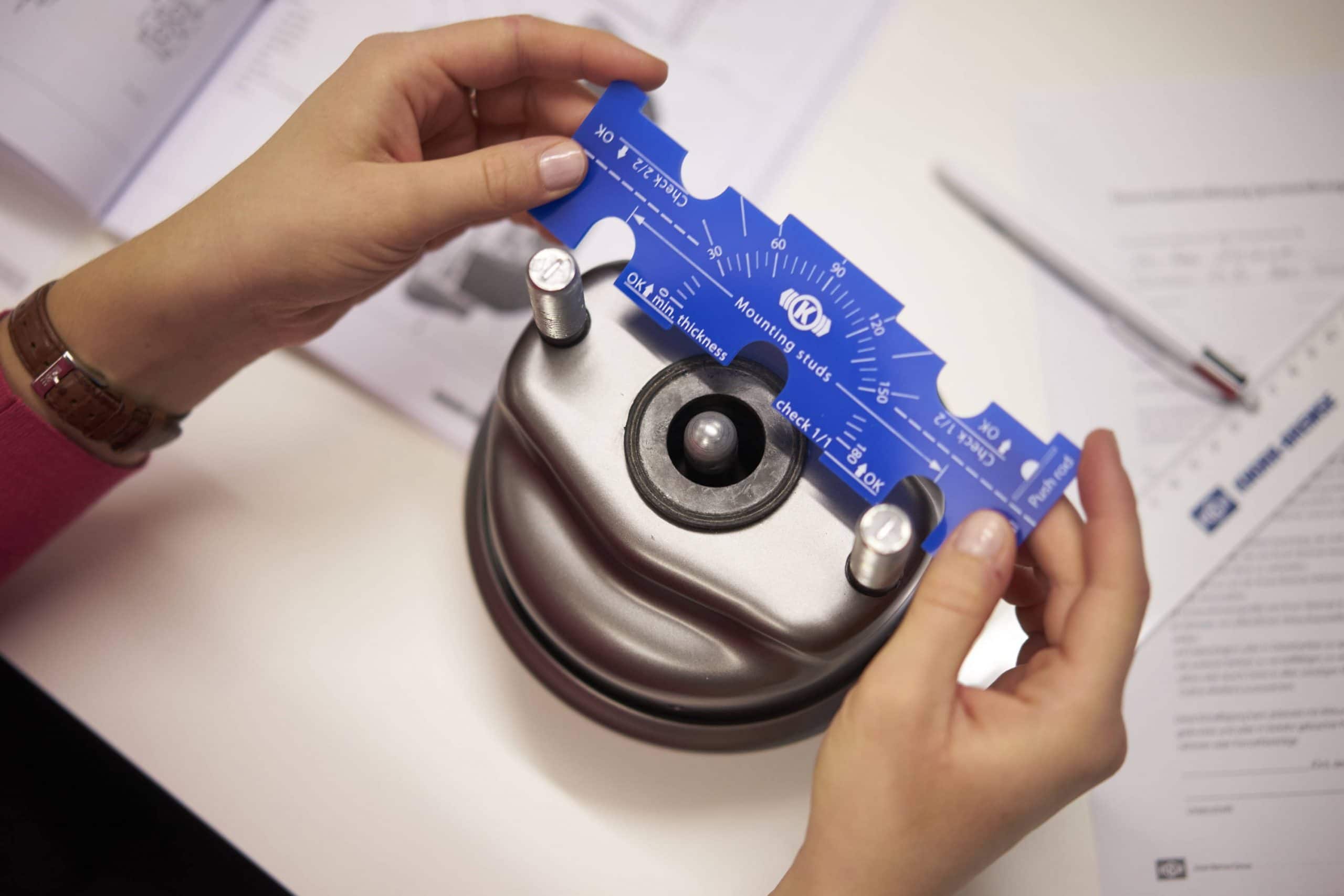Croner-i explains how to investigate instances of alleged employee misconduct so that conclusions are reached after fair and thorough consideration
When an employee is suspected of misconduct, an investigation should be conducted into the facts of the case. Sometimes an investigation will be straightforward and simple, in other cases it may be complex, involving witness interviews and examination of conflicting evidence.
If an employee is dismissed for misconduct and there has not been a fair investigation into the circumstances, the dismissal will likely be ruled unfair by an employment tribunal.
The objective of any investigation is to establish all the facts of a particular case before any decision is taken as to whether there are grounds to instigate an organisation’s disciplinary procedures.
When it is necessary to investigate
An investigation will normally be appropriate in cases where an employee is believed or suspected to have committed an act of serious misconduct or acted in serious breach of any of the organisation’s policies, procedures or rules.
Minor instances of misconduct or poor performance will not normally give rise to the need for an investigation. Such cases should be dealt with through direct discussion between the line manager and the employee under the organisation’s normal disciplinary or capability procedure.
Notwithstanding the above, if the circumstances surrounding an act of alleged misconduct are in doubt, or contested, it may be appropriate to carry out an investigation to try to establish all the relevant facts.
The role of the line manager
There is no legal requirement to operate separate investigation and disciplinary procedures, although having different managers conduct each process ensures impartiality and is considered good practice.
In all cases, the prime role of the line manager in carrying out an investigation will be to determine whether there are reasonable grounds to instigate the organisation’s disciplinary procedure.
The employee should be informed in writing that there is to be an investigation and who will be conducting it. It should be made clear that the investigation does not mean they have been judged guilty of any wrongdoing.
When to suspend an employee
It is usually appropriate to suspend an employee from work where any of the following circumstances exist:
• The employee’s conduct or behaviour would, if proven, be grounds for dismissal
• The alleged conduct involved theft, violence or threatened violence
• It is thought the employee might cause damage if they remain in the workplace
• The employee’s presence at work might prejudice the investigation
• The matter under investigation is of a highly sensitive nature.
Suspension should not be automatic and careful consideration should be given as to whether it is objectively necessary to suspend the employee and to whether any alternatives to suspension exist.
The purpose of a suspension from work is to allow the investigation to proceed unhindered and the employee should be notified of the reasons for and details of the suspension.
Suspension is normally on full pay unless the employee’s contract states otherwise. To suspend an employee without pay suggests a manager has already judged the employee guilty and could give rise to a claim for constructive dismissal.
If the employee under investigation is not suspended but the manager uncovers evidence that the alleged misconduct is more serious than originally thought, they may then be suspended.
How to conduct an investigatory interview
Depending on the circumstances of the case, the manager responsible for the investigation may decide that it is necessary to conduct an investigatory interview with the employee accused or suspected of misconduct.
It is important not to allow an investigatory interview to stray into disciplinary territory, e.g. to express criticism of the employee, pass judgement or make premature decisions about what the outcome should be.
Prior to holding an investigatory interview, managers should prepare a list of questions based on what is known or believed to have happened. During the interview itself, the manager should:
• State what is known or believed to have happened and give the employee the opportunity to comment, i.e. to agree or disagree and/or state an alternative version of events
• Stick to facts and avoid expressing opinions
• Point out and question any discrepancies between different versions of events
• Distinguish between facts and opinions
• Challenge what the employee has to say where appropriate
• Keep an open mind, whatever the evidence might be
• Be careful not to criticise the employee, express disapproval or pass judgement
• Make sure that the whole story is uncovered
• Be patient with the employee — it may be necessary to repeat key questions or go back over ground previously covered
• Be careful not to turn the interview into a disciplinary hearing.
Once the investigatory interview is over, the line manager should produce a written statement summarising the information the employee has given.
Interviewing witnesses and the right to be accompanied
Depending on the matter being investigated, the line manager responsible for the investigation may need to interview colleagues of the accused employee, i.e. anyone who may have seen or heard anything relevant. Clearly, no manager can force an employee to give evidence or provide a written statement.
The line manager should consider objectively whether a particular witness’ version of events is likely to be reliable. There are various reasons why a particular witness may not be reliable.
Where it is decided to instigate disciplinary proceedings against an employee following investigation, the employee will have the right to be told of any evidence obtained from witnesses prior to the disciplinary interview.
If there are special circumstances justifying it, the organisation may seek to conceal the identity of any or all of the witnesses who provided evidence.
The right to be accompanied at an interview applies only where the interview is a formal disciplinary interview likely to lead to disciplinary action. It follows that an employee has no statutory right to be accompanied at an investigatory interview, although there is no reason why the manager should not agree to permit a colleague to be present if the employee wishes.
Equally, there is no statutory right for someone being interviewed as a witness to be accompanied, although again the line manager may choose to agree to this to assist and reassure the employee.
Concluding the investigation
At the conclusion of the investigation, the line manager should decide whether it is appropriate to instigate disciplinary action against the employee. It is always advisable for line managers to liaise closely with HR when dealing with issues of serious misconduct.
The line manager should first prepare a report which summarises the key findings of fact and states whether there are sufficient grounds to instigate disciplinary action. The report should be confidential. Although the accused employee will have a right to know the evidence against them, the investigation report will, in most cases, contain information that identifies other employees.
It follows that the employee under investigation will not have the right to access the report under the Data Protection Act 2018, and if a request for access is made, it can legitimately be refused on that basis.
In making a decision, it is important line managers take a reasoned approach and view the matter objectively. Proof beyond reasonable doubt is not required to take disciplinary action or dismiss an employee and the matter can and should be decided on the balance of probabilities.
Finally, the manager’s report on the investigation and its conclusions should be retained on file for a reasonable period of time and all records should be handled confidentially and in accordance with the Data Protection Act 2018.
In-depth guidance on disciplinary procedures and the management of employees in the passenger transport industry is available as part of a subscription to Transport-inform and free access to Transport-inform Lite is available to routeone members.



























